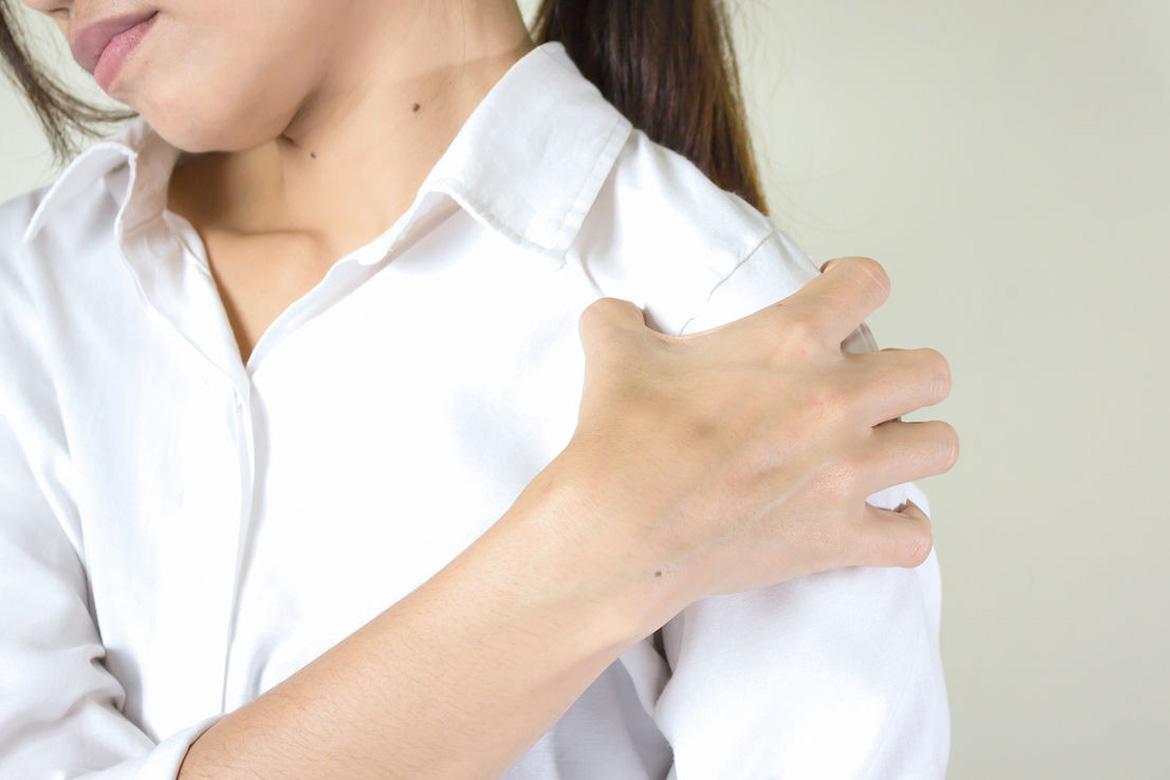
Frozen Shoulder (Adhesive Capsulitis)
How is frozen shoulder diagnosed?
Frozen shoulder is diagnosed through physical examination and imaging tests.
Physical examination
Your doctor will check your active and passive range of movement by:
- Asking you to move your arm
- Moving your arm for you
- Observing how you move and how far you can move
Imaging tests
X-rays are usually recommended to rule out other conditions that may also cause shoulder pain, such as arthritis. Magnetic resonance imaging (MRI) and ultrasounds can reveal other problems such as rotator cuff tears.
How is frozen shoulder treated?
Our treatment options for frozen shoulder aim to manage your pain and restore movement and strength in your shoulder joint.
Non-surgical treatment options
Depending on the severity of your condition, your doctor may recommend:
- Hot or cold compresses several times a day to reduce mild pain and discomfort.
- Medication to relieve pain and inflammation of the shoulder joint. These may be over-the-counter or prescription non-steroidal anti-inflammatory drugs (NSAIDs). Follow your doctor's instructions on how and when to take these medications.
- Hydrodilatation, which injects a large volume of sterile fluid into the shoulder joint to expand and stretch the shoulder joint capsule.
- Steroid injections, which injects a corticosteroid such as cortisone directly into your shoulder joint to relieve severe pain and swelling.
- Physiotherapy and home-based exercises to improve your range of motion. These may include an external rotation passive stretch, a forward flexion in a supine position and crossover arm stretch.
- Transcutaneous electrical nerve stimulation (TENS), a treatment method using low-voltage electrical currents to relieve pain. This electrical impulse is delivered using a small battery-powered device through electrodes placed at the shoulder joint.
Surgical options include:
If non-surgical treatment options do not work, your doctor may recommend:
- Manipulation under anaesthesia. During this procedure, you will remain unconscious while the doctor forces your shoulder to move past its limited range. This will involve stretching or even tearing the tissues of the joint capsule to release the tightness and increase your range of motion.
- Shoulder arthroscopy, where incisions will be made around your shoulder, allowing your doctor to insert small surgical tools and cut through the tight tissues of the joint capsule. This is called a capsular release.
If surgery is performed, recovery time can vary from 6 weeks – 3 months. Physiotherapy will be necessary to maintain and improve your range of motion. Long-term outcomes are generally good, with most patients having reduced pain and a better range of motion.
This page has been reviewed by our medical content reviewers.
Need help?
For enquiries, please call
+65 6250 0000 (Orchard) or +65 6898 6898 (Novena)
For appointment bookings, please WhatsApp
+65 8111 7777 (Orchard) or +65 8111 5777 (Novena)
 Brain & Spine Care
Brain & Spine Care



